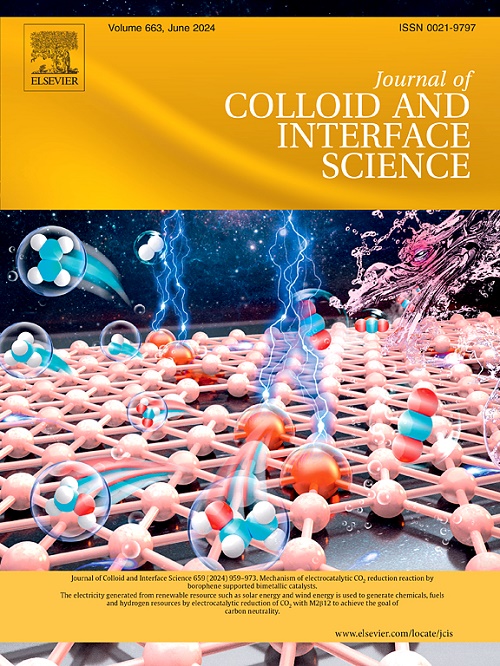Multifunctional moisture-driven energy generator for intergation application and thermal-management
IF 9.4
1区 化学
Q1 CHEMISTRY, PHYSICAL
引用次数: 0
Abstract
The moisture-driven energy generator (MEG) represents an attractive clean energy strategy in hydropower and photovoltaic technologies. However, despite its potential, MEG still faces challenges in practical applications due to the limitations of single-mode power generation and insufficient output performance. An evaporation-driven dual-layer hydrogel MEG has been developed, which efficiently and stably harvests energy through the synergistic effect between water molecule evaporation and the ion concentration gradient. A single MEG unit (1 cm2) can generate a voltage of 1.20 V and a current of 0.45 mA, achieving a maximum output power density of 85 μW cm−2, and is capable of stable operation within a wide temperature range of −21.9 to 58.5 °C. Experimental verification indicates that the electrical output of the device is driven by ion diffusion, and density functional theory and molecular dynamics simulations reveal the significant role of the polymer’s strong hydrolysis capacity and the high adsorption energy of phytic acid for H3O+ in enhancing the device’s output performance. Moreover, the integrated device can charge capacitors, power microelectronic devices, and can be easily cut and adhered to surfaces as needed. It also provides thermal management for electronic devices, lowering the device temperature by as much as 21.83 °C.

求助全文
约1分钟内获得全文
求助全文
来源期刊
CiteScore
16.10
自引率
7.10%
发文量
2568
审稿时长
2 months
期刊介绍:
The Journal of Colloid and Interface Science publishes original research findings on the fundamental principles of colloid and interface science, as well as innovative applications in various fields. The criteria for publication include impact, quality, novelty, and originality.
Emphasis:
The journal emphasizes fundamental scientific innovation within the following categories:
A.Colloidal Materials and Nanomaterials
B.Soft Colloidal and Self-Assembly Systems
C.Adsorption, Catalysis, and Electrochemistry
D.Interfacial Processes, Capillarity, and Wetting
E.Biomaterials and Nanomedicine
F.Energy Conversion and Storage, and Environmental Technologies

 求助内容:
求助内容: 应助结果提醒方式:
应助结果提醒方式:


